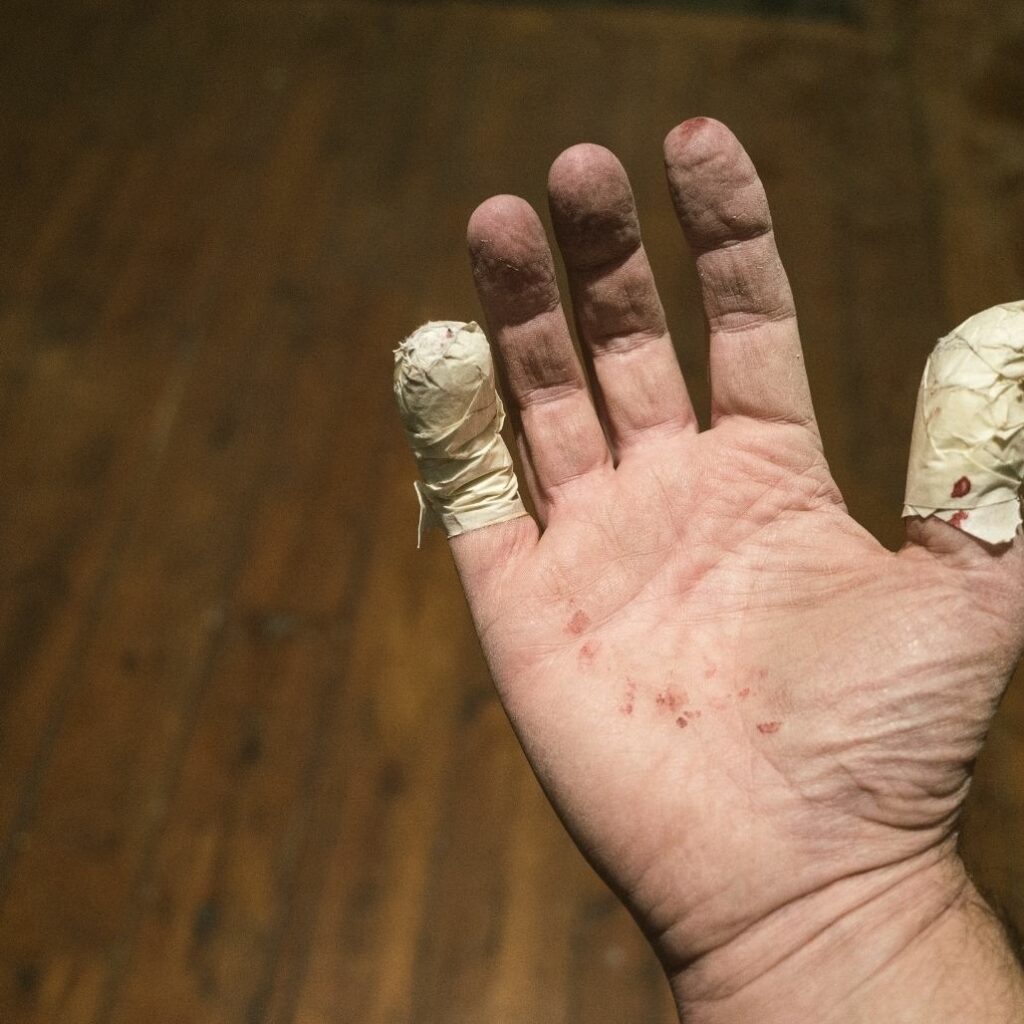3 Most Common Types of Hand Injuries

The U.S. Bureau of Labor and Statistics (BLS) reports that hand injuries are the second most work-related injury, resulting in over a million emergency room visits in a year. Hand injuries can range from simple to very serious, taking their toll on workers’ well-being and the company’s reputation.
3 most typical types of hand injuries:
1. Lacerations (63%)
Skin cuts or lacerations have the highest occurrence of traumatic hand injuries in the workplace due to cutting tools such as knives, razors, and power tools. The damage due from a laceration can range from a simple skin cut to more severe injuries such as severed nerves, tendons, and even limbs.
2. Crush Injuries (13%)
High pressured machines and other tools used to pound, squeeze, or pulverize objects in the workplace can cause accidental crush injuries to the hands. This hand injury results in seriously fractured bones, which could also affect nerves, leading to temporary or permanent paralysis.
3. Punctures (6%)
Hand puncture injury can be caused by using sharp and pointed tools such as knives, wires, and nails. It can cause severe damage to a nerve or bone and even cause infection if left untreated.
2 Ways to Prevent Hand Injuries
Workers who are exposed to the use of machinery and mechanisms daily are susceptible to hand injuries. This is why minimizing the occurrence of damage caused by on-the-job hazards is essential.
1. Wear the Right Hand Protection
Wearing protective gear can lessen the risk of getting your hands injured. All you have to do is to select the proper type of gloves according to your specific needs.
If you are working in the construction industry, opt for gloves made with leather or polymers that can protect your hands from abrasive materials such as wood or metal splinters.
If you are handling chemicals, opting for chemical-resistant gloves is best to avoid direct contact. These unique gloves are usually made of latex, nitrile, neoprene, polyvinyl chloride, or other polymer materials that resist corrosive chemical substances.
If you use knives or are concerned about lacerations, a cut-resistant glove may prevent cuts. There are different materials these gloves are made of, but the most common would use Kevlar. There are also different ratings of cut-resistant gloves. The higher the rating, the more protection you are afforded.
2. Commit to a Safety Program
Since workplace injuries and accidents among employees can be very costly, employers must ensure the health and safety of their workforce.
Thus, companies must initiate safety programs since most employees have minimal awareness about why such training is vital, e.g., proper wear and care of hand protection.
Not only will it educate employees about working safely, but it will also help prevent injuries in the workplace.
